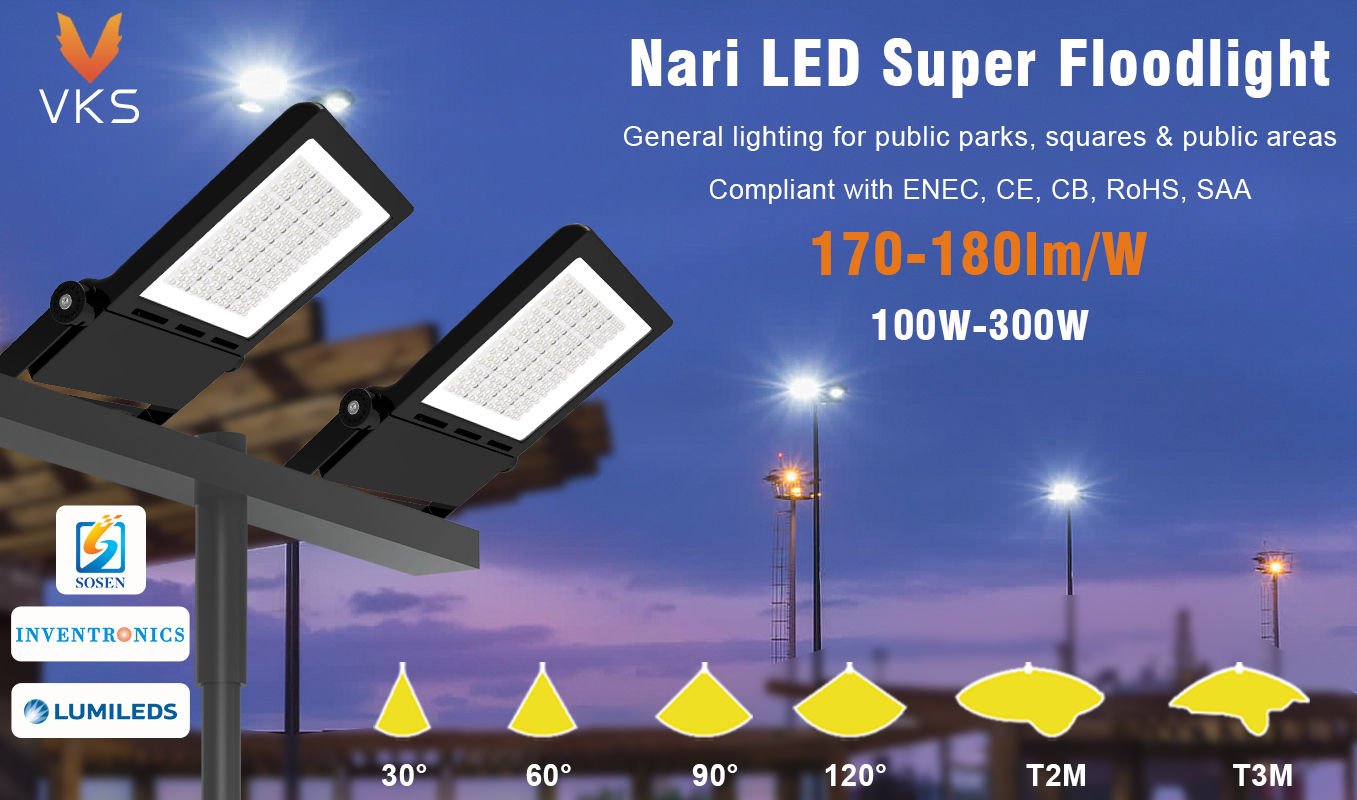A growing number of companies are switching to LED lighting systems because they offer lower operating costs and better performance. Many of these businesses already have a lighting system in place, but they may wonder if they can just replace their current bulbs with LEDs.
This is a perfectly understandable thought. The LED floodlights look similar to the metal-halide or halogen floodlights that are typically used in existing floodlighting solutions. It’s logical, given that costs are always a concern, to ask if replacing existing bulbs with LEDs could help reduce the cost of an upgrade.
Even though this may sound appealing, it’s not as easy as simply changing your bulbs. This post will explain why this is the case and what it takes to upgrade your lighting system.
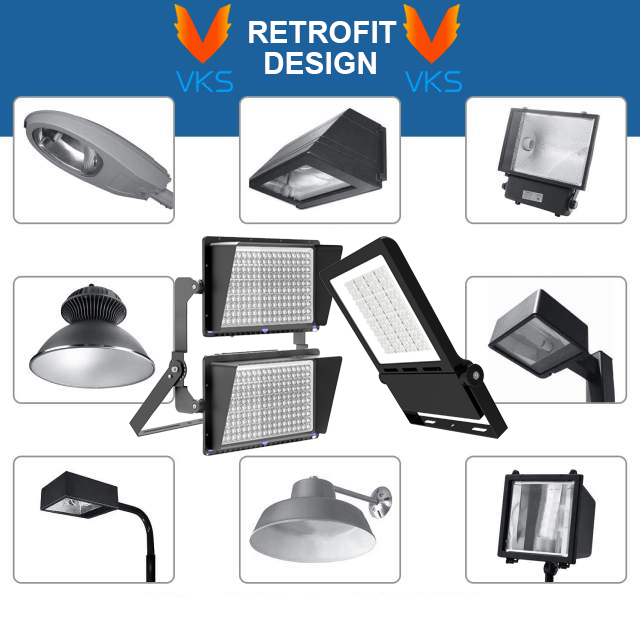
What’s the Difference Between LEDs and Older Systems?
Let’s look at some of the differences between LED Floodlights and the older luminaires available today before we explore the practicalities of upgrading your lighting system.
Metal-halide and Halogen floodlights, as their names suggest, use gas to produce light. The former uses an arc of electric current to pass through a mixture containing vaporised metal-halides and mercury, while halogen floodlights use a superheated filament of tungsten to produce light.
These approaches are different, but they’re still far from LED luminaires. Light-emitting Diodes (LEDs) are used instead of gases. LEDs are semiconductors which emit light when they receive an electrical current. A sufficient number of these can illuminate even the largest spaces.
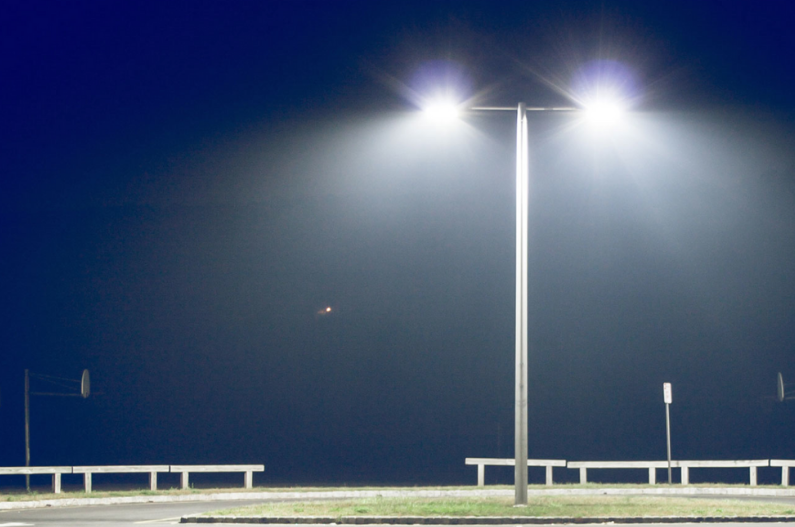
It is not possible to replace these technologies with the same ones because of their differences. The way LEDs, Metal-Halides and Halogen Lamps work is fundamentally different, so the only thing they have in common is the chassis, the body that houses the lighting technology. The financial benefits of converting or reusing the chassis are negligible.
No, bulbs cannot be replaced with LEDs. It doesn’t necessarily mean that existing lighting systems can’t accommodate LED luminaires. Here, we’ll need to focus on what is known as “retrofit designs“.
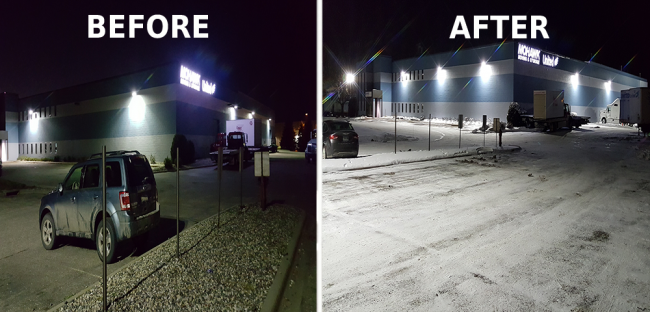
Existing infrastructure can be made more efficient
Modern lighting systems are likely to have a few standardised features. The exact specifications will vary but most commercial floodlighting plans will include the following:
Luminaires – Units that actually provide the light.
Masts, or posts – Raise luminaires above the required height.
Drivers and ballasts – Devices that convert or regulate the electrical current.
Controls and wiring – Connect the system with the larger operation.
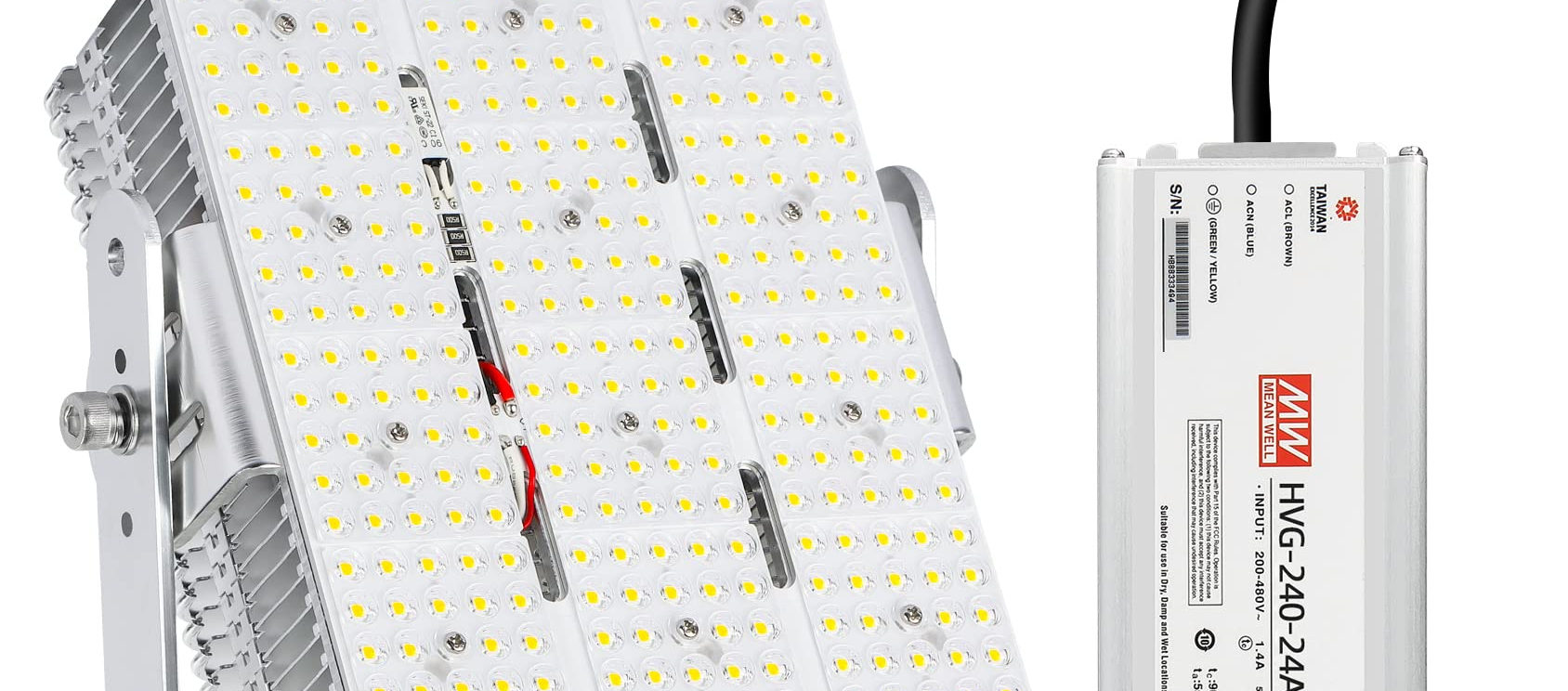
Many other components of a lighting solution can be reused in a retrofit. The assets that are retained, such as masts, posts and wiring, are usually the most expensive. Masts alone can cost up to 50% of a project’s total price, so their reuse represents a significant savings.
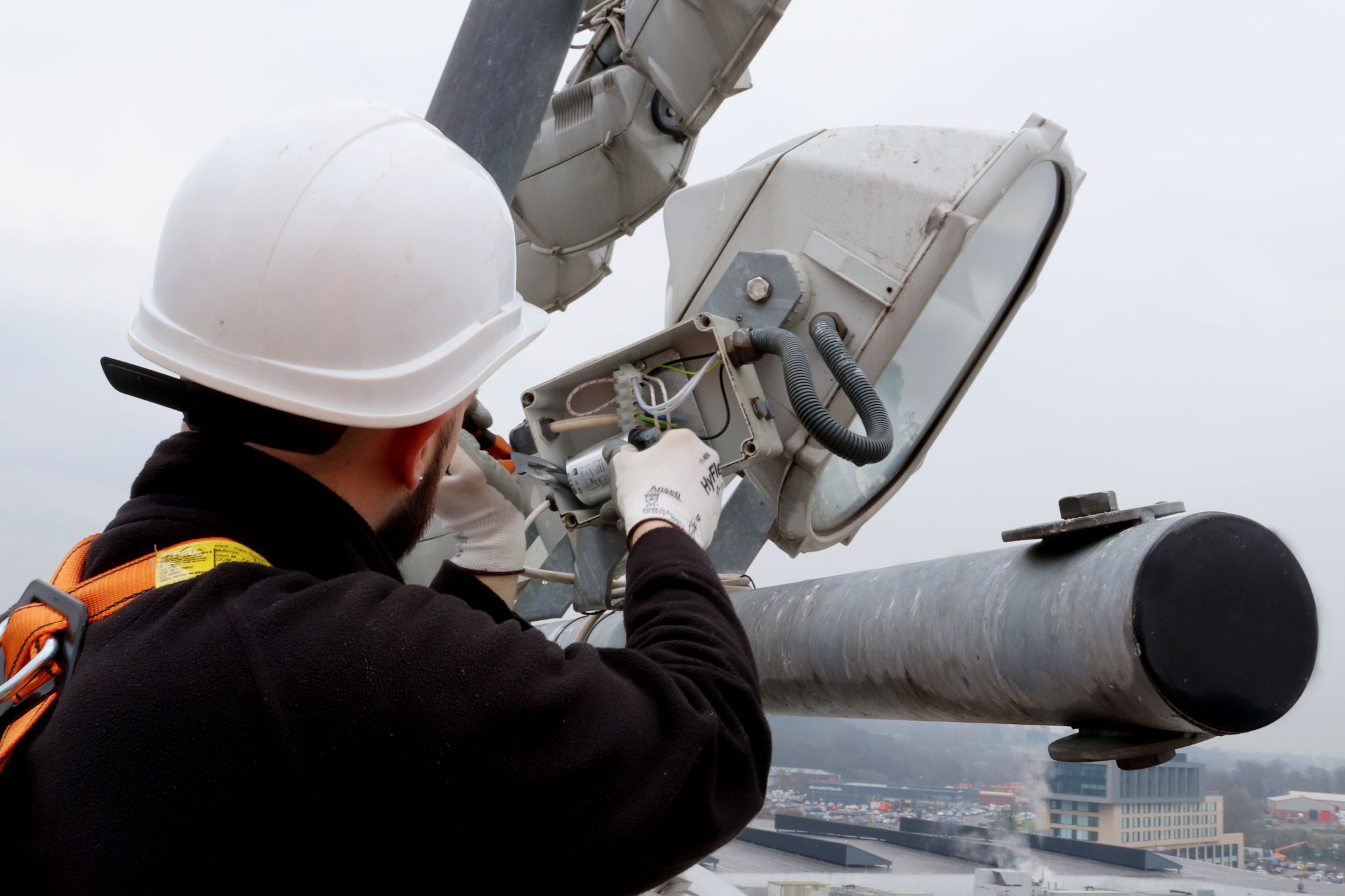
Most of the time, a retrofit only requires:
* Install LEDs in place of existing luminaires.
* Switching from ballasts to drivers is required for LEDs.
* Rewiring is required to connect new luminaires with the existing control system.
* A retrofit solution is therefore much cheaper than a new installation. Retrofitting is far more cost effective than trying to replace bulbs in an existing system, should that be a viable solution.
* Retrofitting existing systems with LED luminaires can be an easier, cheaper and better option.
LED Tubes and Strips: A Word of Advice
You may have already looked into LED retrofit tubes and magnetic strips if you’ve been considering the idea of replacing your fluorescent bulbs with LEDs. These solutions can be used in certain environments but are primarily designed to replace fluorescent tube lights, the type that hang above overhead lighting in commercial spaces such as offices and shops.
These devices are not only incompatible with floodlighting fixtures, but also emit a much less uniform and high-quality light. These two factors are enough to make these units unsuitable for sites requiring high-performance lighting, like sporting, maritime and aviation facilities.
Contact us if you have further questions regarding the best way to switch to LEDs from traditional lighting. You can use our complimentary design service to help you determine the best solution for your situation.
At A Glance
* You should consider the following when considering switching to LEDs.
* LEDs are fundamentally distinct from older lighting technologies such as halogen or metal-halides. Both technologies generate light differently, LEDs utilizing semiconductors and legacy luminaires using gases.
* There is no simple way to replace gas-based lamps with LEDs. This would require major modifications to the luminaire and be an expensive and inefficient upgrade.
* Retrofitting your lighting system can be a sensible way to upgrade it. The majority of components in a lighting solution can be kept, and only the luminaires (and certain aspects of the control systems) need to be replaced.
* LED retrofit tubes and magnetic strips, although they can be found, are primarily designed for smaller spaces such as offices and shops. However, they do not meet the demands of larger venues that necessitate top-notch floodlighting capabilities.
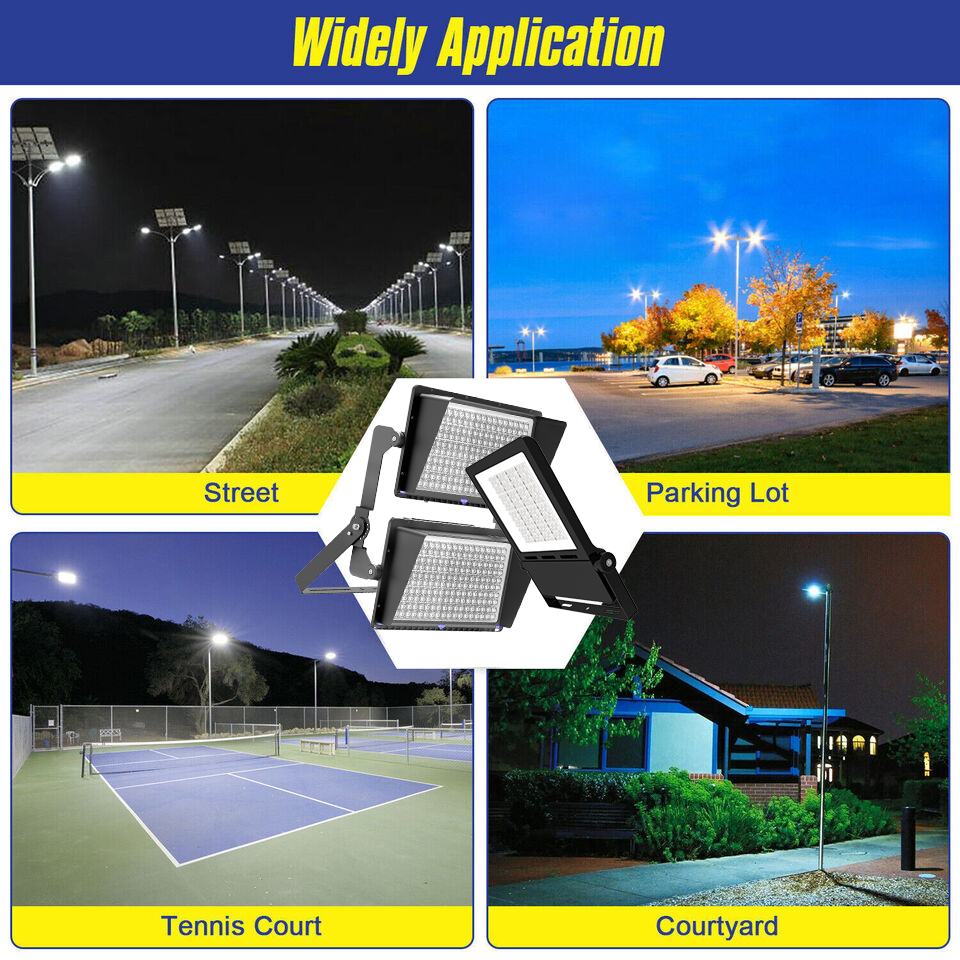
Post time: Jul-21-2023


